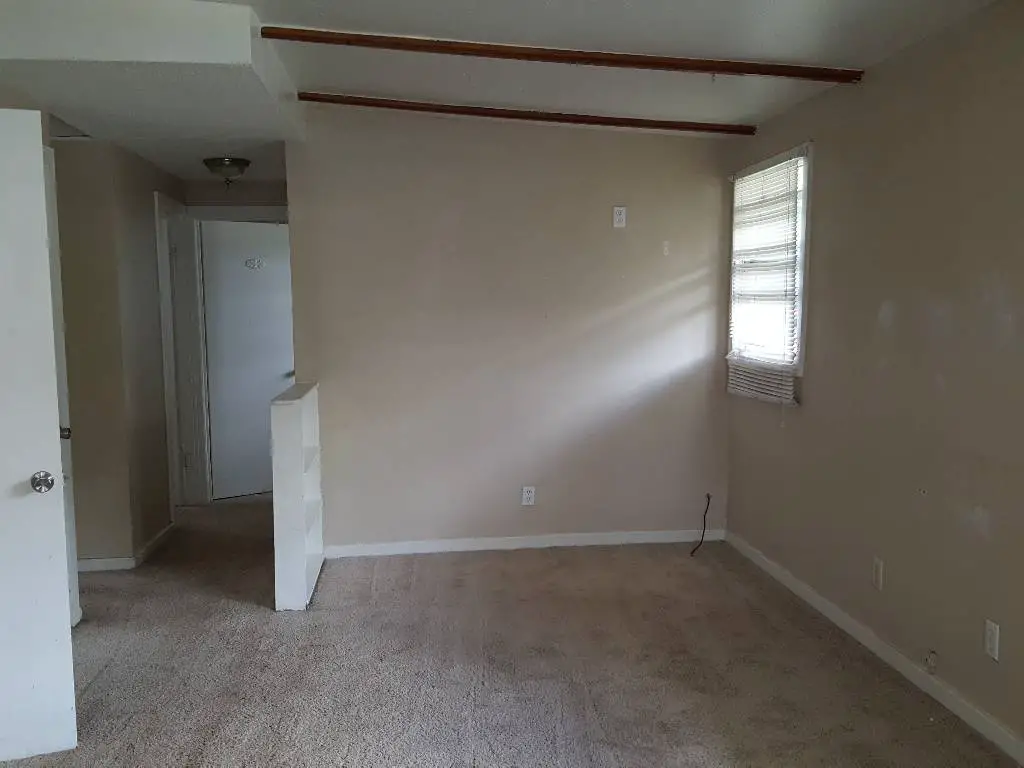In Florida, there is no law that mandates painting between tenants. The landlord-tenant law requires the property to be structurally sound and safe, the plumbing and heat need to be in good working condition, torn screens have to be replaced and the rental has to be pest-free when a new tenant moves in. Painting is purely cosmetic and is not the responsibility of the landlord.
Personally, I think that the property needs to be refreshed between tenants in order to get the highest rent possible. What I have observed as a property manager is that landlords who don’t do proper maintenance including getting doing touch-ups and refreshing the paint between tenants, end up leasing to tenants who don’t take care of the property.
Who is responsible for painting between tenants?
Tenants are responsible for fixing any damages except normal wear and tear. If when they moved in, the property was in good condition, and when they left there were many holes and overall the walls were extraordinarily dirty, the landlord can deduct from the security deposit.
That’s why doing move-in and move-out inspections are super important for both the tenant and the landlord. Both parties sometimes forget the original condition of the property. Having everything in writing reduces misunderstandings and the stress of tenants’ turnover because the expectations are clear. There are services that perform these rental condition inspections for landlords and property managers but I am sure a tenant can hire them as well.
Unless the lease says otherwise, the tenant is not responsible for fading paint, one or two small holes, or anything related to normal wear and tear. An example is marks left on the wall where a couch was placed.
The expectation is that the tenant needs to return the property in broom clean condition and undamaged. The lease can have language that requires the tenants to paint and professionally clean the property.
Can the landlord deduct from the security deposit for touch-up paint?
If the walls have many holes or very large holes and if the walls are extraordinarily dirty, this will be considered damage, and the landlord can deduct from the security deposit for paint touch-ups or repainting

How much can be deducted for paint touch-up?
It depends on how long the tenant has lived on the property. Paint is considered to have a three-year life.
If the tenant moved into a freshly painted unit and moved out after 6 months, the landlord can deduct the full cost of the touch-ups or repaint. If the tenant moved out after one year, two-thirds can be deducted, if three years or more have passed nothing can be deducted.
Of course, if there are huge holes in the drywall, this changes the math because the drywall lifespan is over 50 years.
What is the cost of paint touch-ups?
The cost for paint touch-ups depends on where the property is located. Some Florida counties like Orange county don’t require painters to be licensed while others like Hillsborough county require a license. Needless to say, if you use licensed painters it will cost more. However, $250 per room for paint touch up is average.
Some walls can be washed instead of painted, personally I find painting much faster. My handyman can do an entire house in a couple of hours if it’s one color.
I always paint all my properties one color so matching it’s not a problem.
Should a landlord allow tenants to repaint?
I will do everything possible to make the tenants feel at home because I know that vacancies are very expensive. To that end, if the tenant has a two-year lease, I will allow them to paint.
They have to sign a Painting Approval form and have the work done by a licensed contractor. I also have to approve the color, no dark or crazy colors because they will need a couple of coats to return back to the original color.
Paint touch-up hacks that will speed up the process
If you are not using a contractor for the paint touch-ups, here are a couple of tips that will make the job much easier:
- If you don’t know what color was the original paint, peel a bit of the drywall (behind the fridge is a good place) and take it to Home Depot to match. I have been able to match even white paint this way. The key is to peel only the top layer and not cut the drywall.
- Once you have the paint, buy an 18-inch roller frame and a roller from Home Depot or Lowes.
- Paint the entire wall instead of just doing touch-ups. This eliminates spots if the paint is not exactly a match. You don’t need to cut around the ceiling, windows, baseboards, and doors, just get as close as you can.
This will speed up your painting dramatically.


